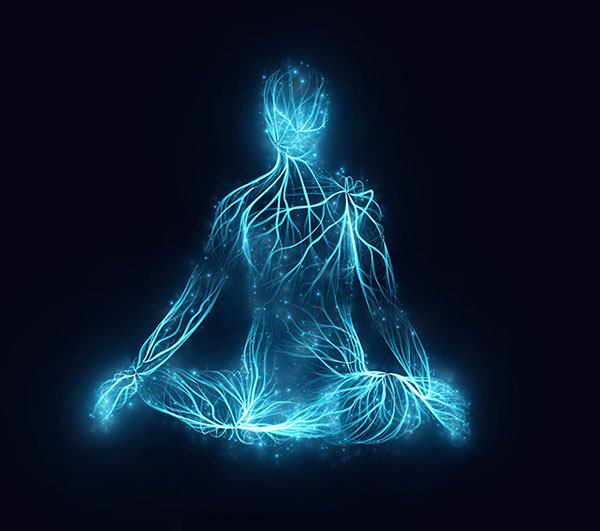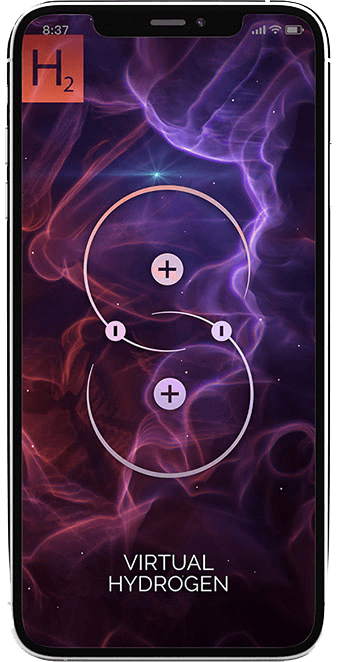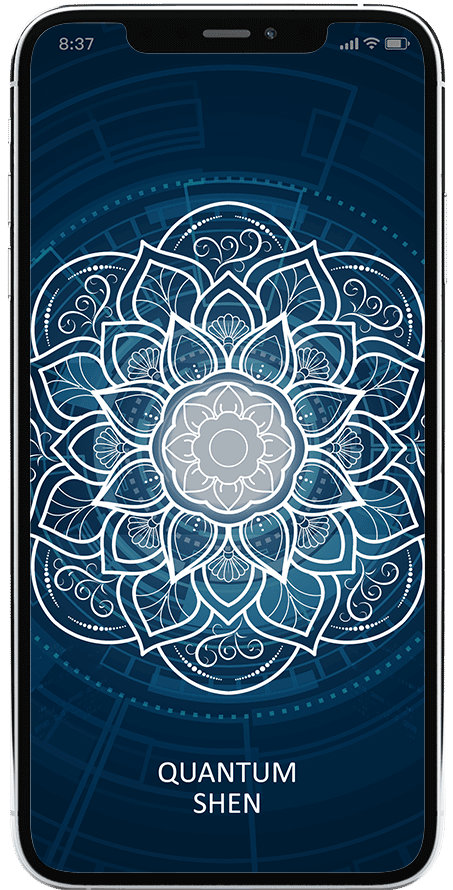
Douglas Harding and the Headless Way to Enlightenment
“It took me no time at all to notice that this nothing, this hole where a head should have been was no ordinary vacancy, no mere nothing. On the contrary, it was very much occupied. It was a vast emptiness vastly filled, a nothing that found room for everything—room for grass, trees, shadowy distant hills, and far above them snowpeaks like a row of angular clouds riding the blue sky. I had lost a head and gained a world.”
After being born into a Christian fundamentalist sect in England and eventually leaving it at the age of 21, Douglas Harding applied himself to understanding the nature of the world and his true identity. After seeing physicist Ernst Mach’s self-portrait, which featured only Mach’s body because it was drawn purely from Mach’s immediate visual perspective, Harding had an insight into his innermost being.
The key was that Mach had drawn himself from the center outward, rather than from a distance while imaging himself through some other means. Harding observed that from the perspective of the innermost center, there is no head, no appearance, no thing at all. Indeed, when he looked at his own body, there was no head, no identity. And yet, that nothingness was aware of the world contained wholly within itself.
Harding then spent the rest of his life, well into his 90’s, teaching people how to see from the center and thereby discover their essential headlessness. In his view, once this observation is made, insight into the non-dual nature of reality comes as a natural consequence. With this realization comes the understanding that we’ve never had a head and have been perceiving the world from this headless point of view since birth. If it were not for mirrors, pictures reflective surfaces, we’d never see our face. And even when we see our own face, we’re seeing it from the perspective of headlessness.
The idea is to remain rooted in this headless perspective and release the automatic, unconscious coloring and labeling of our experience and instead see that everything is happening spontaneously of itself, without the presence of a doer. But what tends to happen for most of us is that, instead of being silently present with the information coming in through our senses, our mind takes over with judgments and identifications.
The deeper implication is that no one is doing the observing. It just happens by itself. There is no one producing the perception of the senses. Hearing happens by itself. Smelling happens on its own. No one is performing the seeing. It just happens by itself, in consciousness. No egoic “you” is required; only consciousness is needed for sensory awareness. Hence, you are essentially “headless,” without individual identity, just pure consciousness.
Harding referred to this perspective as seeing oneself from the “zero point,” seeing that one’s true nature is open, boundless awareness. His view is similar to Zen Buddhism in its emphasis of direct experience in arriving at one’s true nature. Its similarity to Zen Buddhism continues with Harding’s focus on developing the ability to see not with two eyes, but with the “single” eye. Zen Buddhism refers to this as “not two,” a non-dual awareness in which the self and the world are no longer divided into separate things.
Further Reading
Harding, D. E. (2002) On Having No Head: Zen and the Rediscovery of the Obvious. Inner Directions.
Harding, D. E. (2020) The Science of the 1st Person: Its Principles, Practice and Potential. The Sholland Trust.







